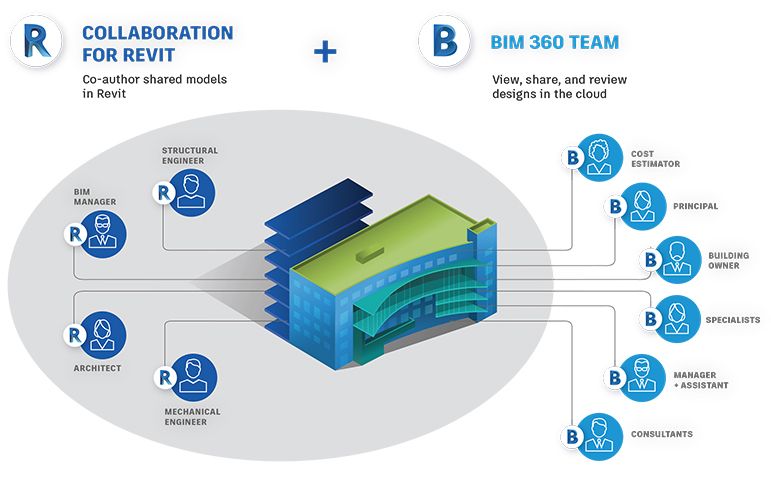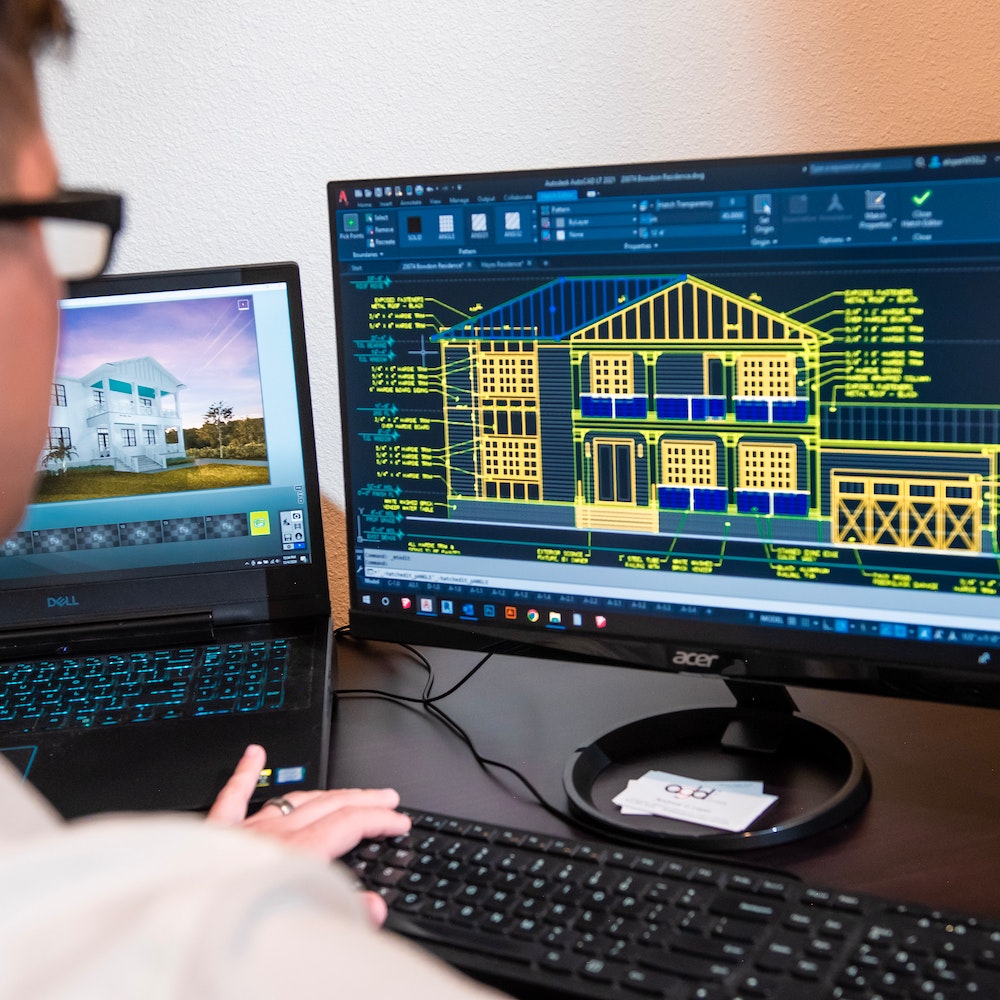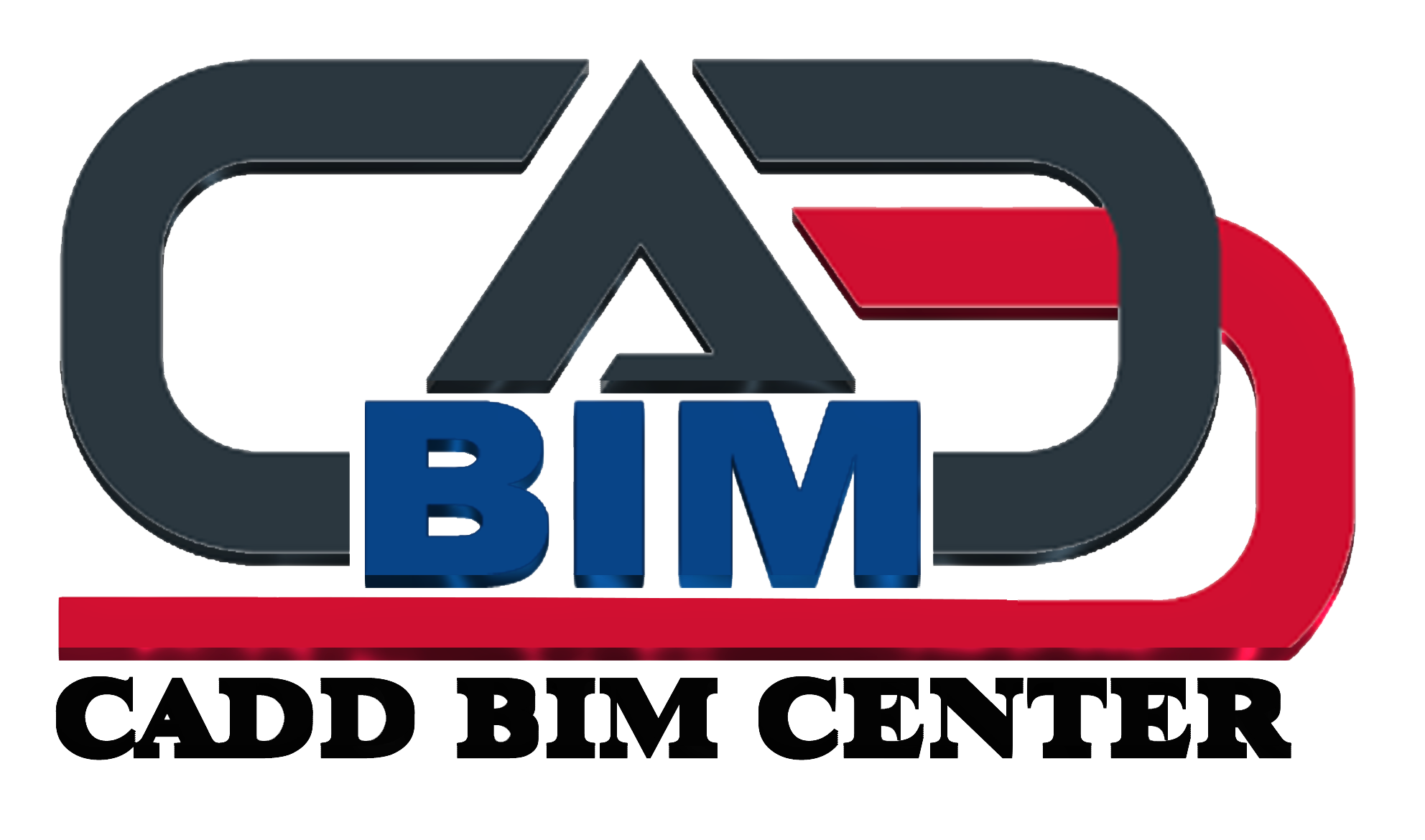BIM Collaboration
- Home
- BIM Collaboration

What is BIM Collaboration?
BIM Collaboration refers to the process of integrating Building Information Modeling (BIM) with collaborative methodologies and technologies to enhance communication, coordination, and teamwork among project stakeholders. BIM Collaboration involves the use of cloud-based collaboration platforms, collaborative workflows, and open standards to enable seamless information sharing, real-time updates, and coordinated decision-making among architects, engineers, contractors, facility managers, and other project participants.
Why is this course important?
The BIM Collaboration course holds paramount importance in the AEC (Architecture, Engineering, and Construction) industry due to the following reasons:
1. Enhancing Project Efficiency: This course helps participants optimise project workflows, leading to improved efficiency and productivity.
2. Facilitating Clash Detection and Coordination: The course teaches participants how to identify and resolve clashes virtually before they occur on the construction site, saving time and costs associated with rework.
3. Enabling Real-time Communication: BIM Collaboration leverages cloud-based platforms and collaborative tools to foster real-time communication and data sharing among project stakeholders, irrespective of their geographical locations.
4. Supporting Integrated Project Delivery (IPD): Participants learn how BIM collaboration aligns with IPD principles, fostering a collaborative and efficient project delivery process.
1. Enhancing Project Efficiency: This course helps participants optimise project workflows, leading to improved efficiency and productivity.
2. Facilitating Clash Detection and Coordination: The course teaches participants how to identify and resolve clashes virtually before they occur on the construction site, saving time and costs associated with rework.
3. Enabling Real-time Communication: BIM Collaboration leverages cloud-based platforms and collaborative tools to foster real-time communication and data sharing among project stakeholders, irrespective of their geographical locations.
4. Supporting Integrated Project Delivery (IPD): Participants learn how BIM collaboration aligns with IPD principles, fostering a collaborative and efficient project delivery process.


Who is it used by?
The BIM Collaboration course is essential for a wide range of professionals involved in the AEC industry, including:
Architects and Designers: Architects and designers benefit from the course as it enables them to collaborate seamlessly with engineers, contractors, and other stakeholders, ensuring design decisions are well-coordinated.
Structural and MEP Engineers: Structural and MEP engineers learn how to integrate their designs with the overall BIM model, facilitating clash detection and coordination among various building systems.
Contractors and Construction Managers: Contractors and construction managers gain insights into the BIM Collaboration process, enabling them to effectively manage construction projects, and avoid clashes.
Facility Managers: Facility managers can leverage the course to understand how to access BIM data for facility operations, maintenance, and future renovations, optimising the building’s lifecycle management.
For Enrollment
Take a step ahead towards a rewarding career in architecture, where best knowledge is aligned with latest technological practices. Register now to build your future in the realm that merges art, science and innovation
